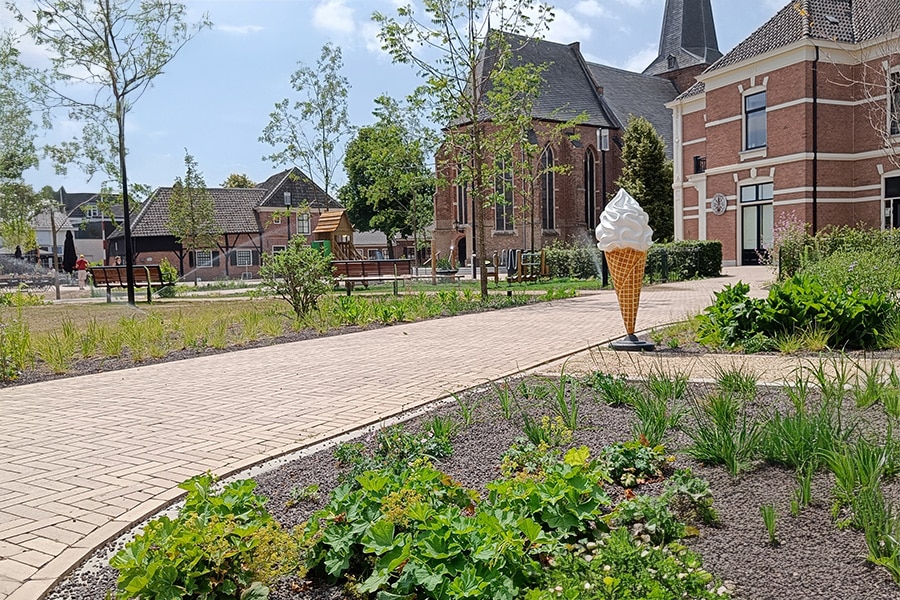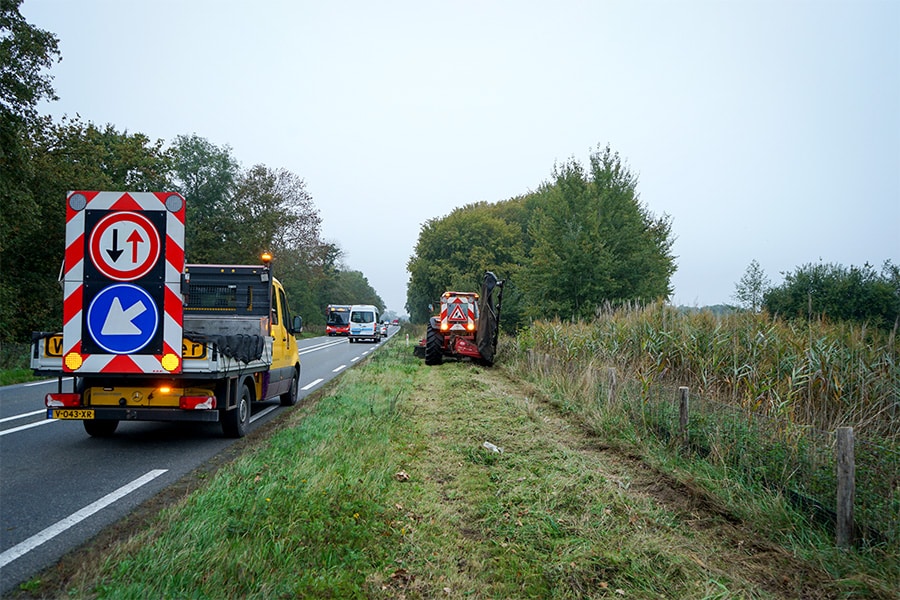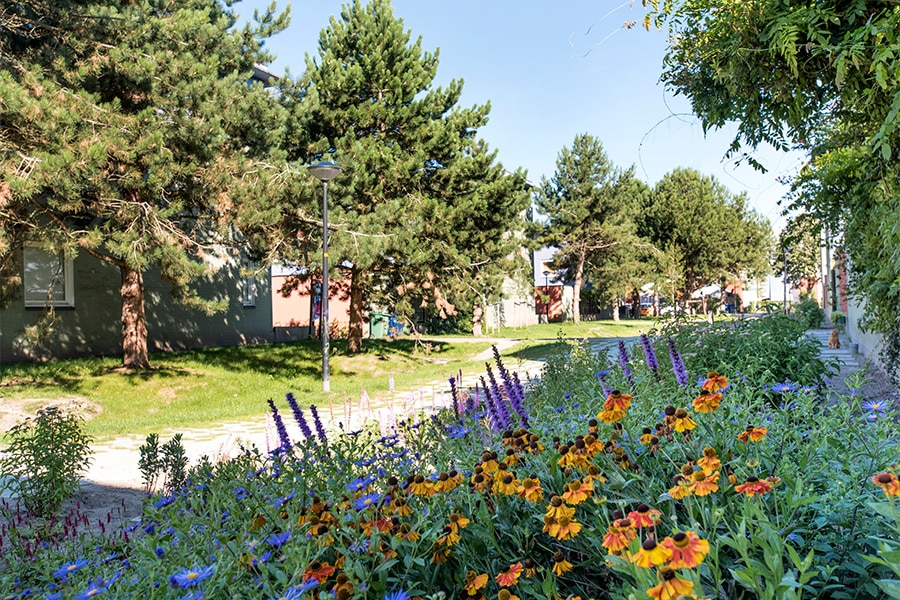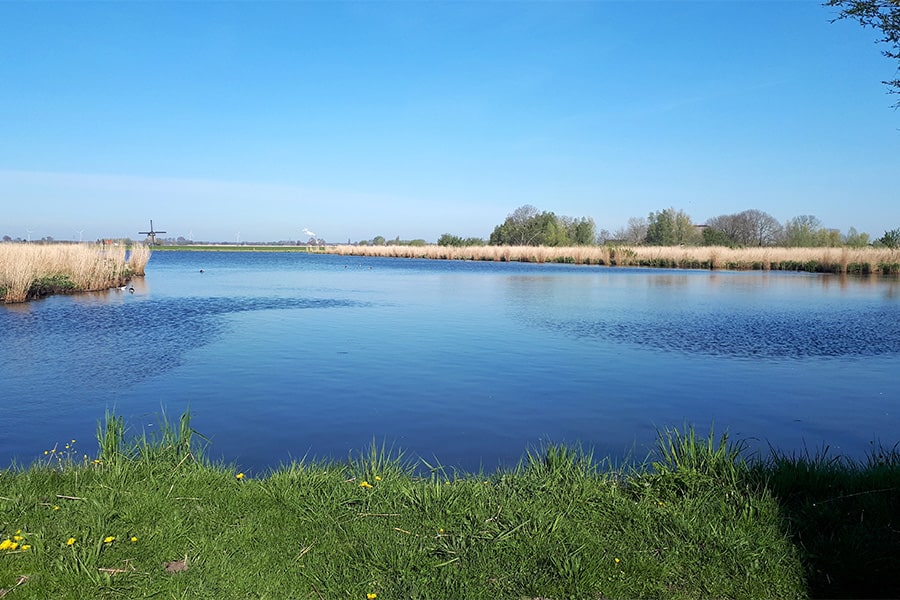
Reinforcing the Eilandspolder dike: only do what is really necessary
How do you make 27 kilometers of dike in a Natura 2000 area strong enough again, without unnecessary interventions in the landscape and living environment? In the Eilandspolder, engineering consultancy Iv was commissioned by the Hollands Noorderkwartier Water Board (HHNK) to reduce the reinforcement task from 13 to just 8 kilometers. This was achieved thanks to a sharp assessment, detailed analyses; customized solutions and agreements with the road authority.
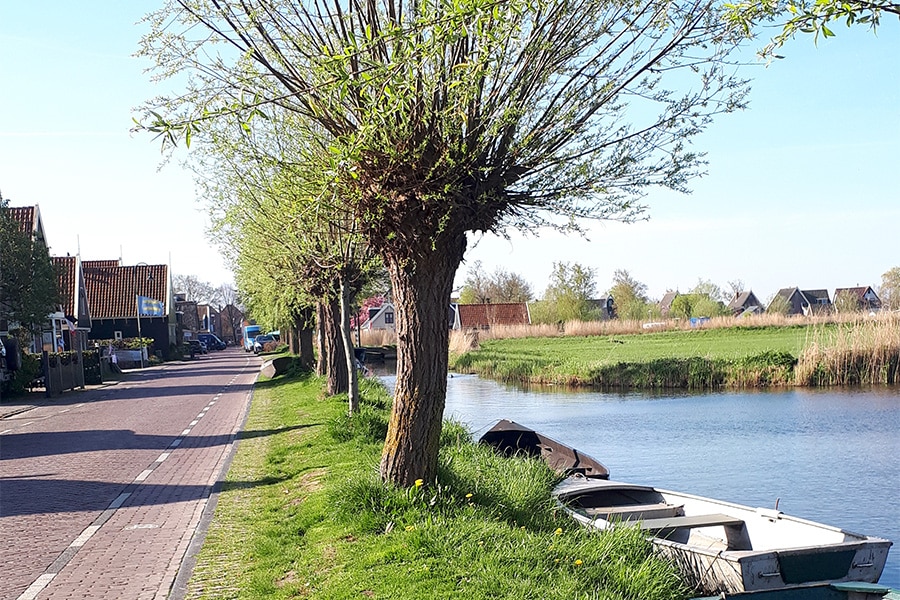
Dike reinforcement in vulnerable area
The dike protecting the Eilandspolder, an important nature and residential area, no longer met the requirements in some places to hold back extreme rainfall and high water. The province of North Holland states that the dike around the Eilandspolder must be demonstrably safe from flooding by 2030. The challenge here is that this is a vulnerable Natura2000 area where space is limited, permits are complex and every design must be in line with ecology, landscape and the interests of residents.
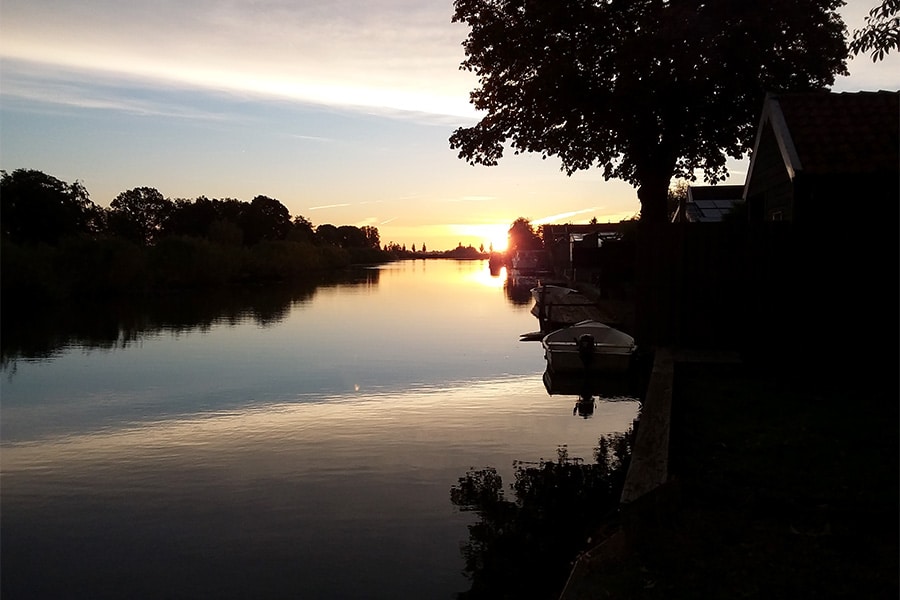
Scope reduction
Commissioned by HHNK, Iv started a detailed water safety assessment of the 27 kilometers of dike. This involved examining all the failure mechanisms such as stability, height, piping, microstability and revetments. Calculating each individual section in detail would take too long. An efficient approach was therefore chosen, in which the dike was divided into logical test sections based on shape, use and load. Such a test section comprises a part of the dike with similar characteristics. Consider, for example, a grass dike where hardly any traffic passes versus a section where heavy agricultural traffic travels daily. A detailed test was performed for each section. This approach made it possible to determine efficiently and thoroughly where the dike meets the requirements and where reinforcement is really needed. The result: of the original 27 kilometers, approximately half proved on closer inspection to meet the current safety standards. This allowed the scope to be reduced to 13 kilometers.
But the starting point was clear: we want to get the most out of the dike, without unnecessary impact on the environment and approach reality as closely as possible. In consultation with HHNK, a more in-depth research proposal was therefore drawn up for the remaining 13 kilometers of dike. By measuring the dike more accurately, drilling and conducting laboratory tests on clay and peat samples, parameters could be determined more realistically. This gave a sharper insight into the strength and construction of the dike. At the same time, the area was further subdivided into smaller units, with each location looking specifically at factors such as the location of ditches, presence of debris tracks and traffic loads. In this way, a major step was taken in approving even more kilometers of dike, so that only the parts of the dike ring where the real problem exists could be addressed.
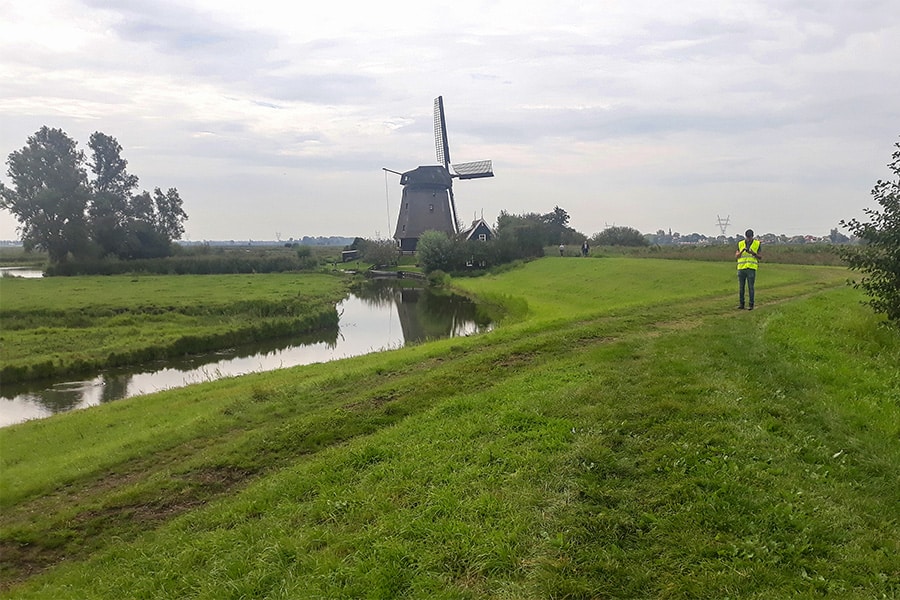
Designing with an eye for space, residents and nature
In many cases, physical space was limited: the embankment lies between homes, gardens, roads and parking lots. What remains is sometimes no more than half a meter between private property and paving. At the same time, water storage must not simply disappear, because that leads to additional runoff and peak loads elsewhere in the water system. Combining all these requirements in a few square meters is a complex puzzle. Iv therefore worked closely with HHNK and the residents to design appropriate reinforcements for each situation. Sustainability was central to this process.
Solutions were found in adding berms on the inner side to increase stability so that the dike would not slide during high water or saturation by heavy rainfall. Because strengthening the dike could not be done everywhere, sections are being shifted toward the inlet. At the same time, a nearby island will be redesigned as a nature area by means of a pond-dwelling system, compensating for the filled-in water and strengthening biodiversity. For sections that run through private gardens, solutions have been developed in consultation that increase water safety without taking up unnecessary space.
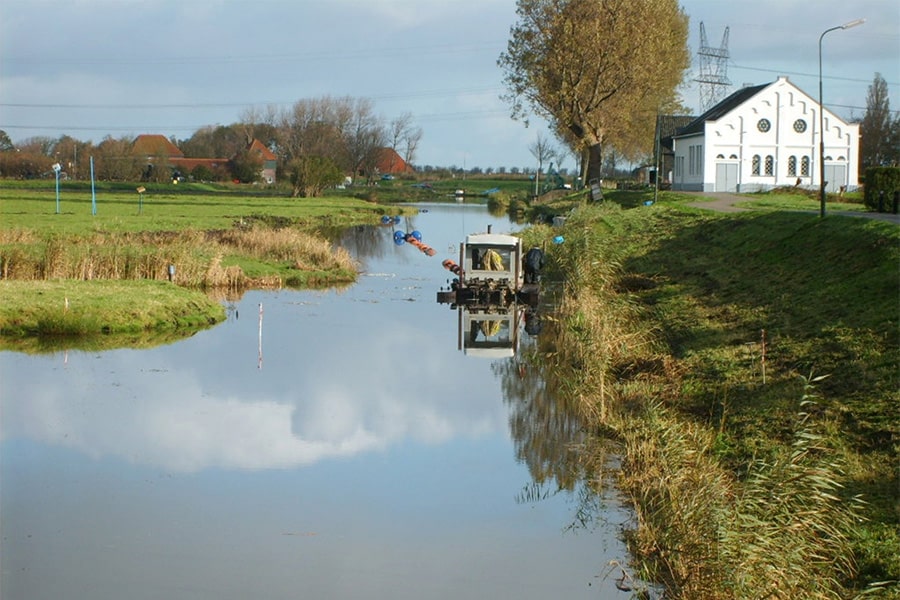
Robust and realistic
In addition to conducting detailed research, it was also essential to thoroughly understand the local starting points. In order to find appropriate solutions, it was necessary to understand exactly what is going on in the polder and to link this to the technical assessment. Jesper, senior designer and water safety project leader at Iv explains, "We think it is important to always keep a feel for the situation outside. We didn't just test according to a step-by-step plan and wait to see what came out. We really went outside to test the results against practice. If a test indicates that part of the barrier is bad, we go outside with the project team from HHNK to see if we can see any damage or other relevant objects that need to be included in the design. Together with HHNK, we derived very specific and locally specific starting points in this way. In this way we have brought theory, practice and experience together in the assessment."
Rick van der Meijs, senior project manager and head of the hydraulic engineering sector at Iv: "Part of the plan area lies within the boundaries of the Natura 2000 area of Eilandspolder. If you reinforce 13 kilometers of dike, it will have an enormous impact on ecology and residents. That gives us extra motivation to only do what is really necessary. It must of course be robust enough to guarantee dry feet, but also realistic: do no more than is strictly necessary."
The premise was simple but thoughtful: utilize what is already there and do no more than necessary. This is not only cost-effective and quicker to achieve, but also more sustainable. Removing something and making a dike wider may seem like the easiest solution, but it is by no means always feasible or desirable. Especially in such situations, a sharp technical eye is needed to come up with smart, well-founded alternatives. That is precisely where Iv's added value lies.
Customization through collaboration
Essential to this success was the cooperation between Iv and HHNK. Intensive working sessions, knowledge sharing and joint coordination of design choices made it possible to maintain trust. "Because we could explain every step and went through it together, support was created. We only did what was really necessary, no more. This created robust, supported designs that do justice to the area, its ecology and the people who live there," Rick says. What began as a broad reinforcement task thus became an example of sharply tested and carefully designed water safety. By choosing the smart rather than the easy way out, this task was made a success.
